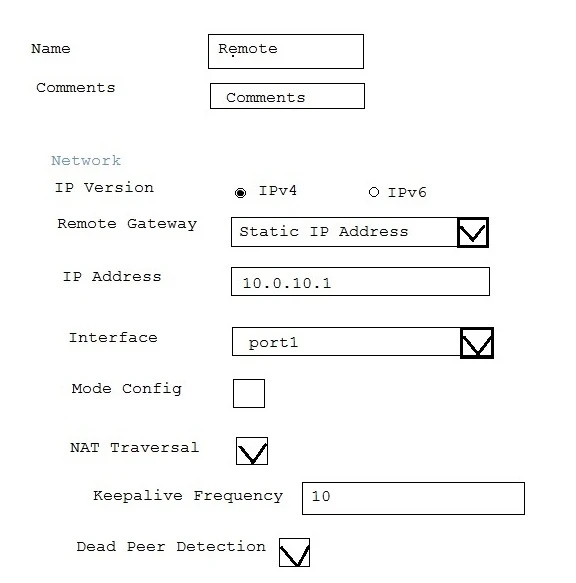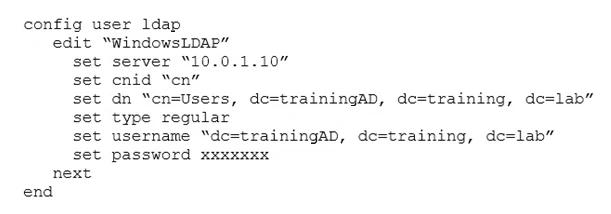NSE7 Enterprise Firewall - FortiOS 5.4
Here you have the best Fortinet NSE7 practice exam questions
- You have 86 total questions to study from
- Each page has 5 questions, making a total of 18 pages
- You can navigate through the pages using the buttons at the bottom
- This questions were last updated on December 23, 2025
- This site is not affiliated with or endorsed by Fortinet.

